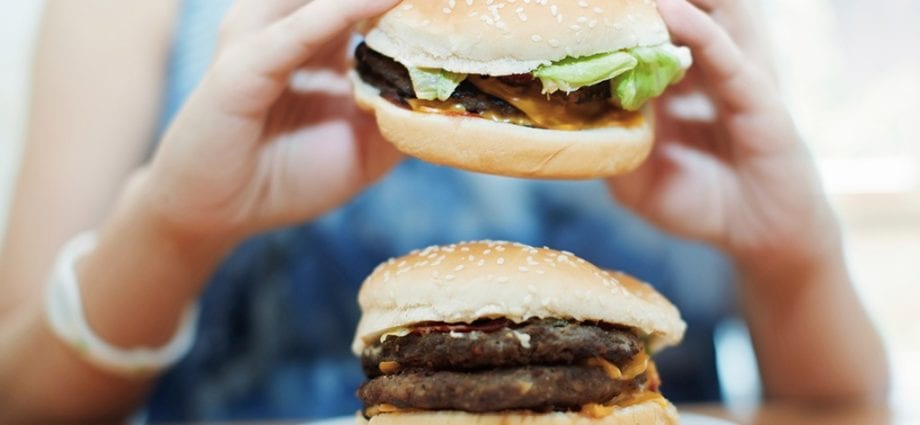Over the past decade, fast food has penetrated our lives. McDonald’s, KFC, Burger King and other similar fast food outlets have sprung up on every corner. Adults stop by for a burger at lunchtime, children during breaks and on the way from school. How can you resist the temptation to feast on such a yummy? Just think about what it is made of! Fast food manufacturers hide technologies and recipes, and not so much out of fear of competitors, as consumers say, but out of a desire to avoid scandals that can be caused by information about harmful and sometimes life-threatening ingredients.
Published by Mann, Ivanov and Ferber, a new book, Fast Food Nation, reveals the secrets of the industry that is guilty of obesity, diabetes and other serious diseases of modern people. Here are some interesting facts from the book.
- Fast food makes you drink more soda
Fast food restaurants earn a lot more when customers drink soda. Lots of soda. Coca-Sale, Sprite, Fanta is the goose that lays the golden eggs. Cheeseburgers and Chicken McNuggets don’t make that much profit. And only soda saves the day. “We are very lucky at McDonald’s that people love to wash down our sandwiches,” one of the chain’s directors once said. McDonald’s sells more Coca-Cola today than anyone else in the world.
- You are not eating fresh, but frozen or freeze-dried foods
“Just add water and you have food.” This is what they say on the network of one well-known fast food. You won’t find fast food recipes in a cookbook or on cooking websites. But they are full of them in such specialized publications as Food Technologies (“Technologies of the food industry”). Almost all fast food products, except for tomatoes and lettuce leaves, are delivered and stored in processed form: frozen, canned, dried or freeze-dried. Food has changed more in the last 10–20 years than in the entire history of human existence.
- “Kiddie marketing” is thriving in the industry
There are entire marketing campaigns today that focus on children as consumers. After all, if you attract a child to fast food, he will bring his parents with him, or even his grandparents right away. Plus two or four more buyers. What’s not great? This is profit! Market researchers conduct surveys of children in shopping malls and even focus groups among toddlers 2–3 years old. They analyze children’s creativity, arrange holidays, and then interview the kids. They send specialists to shops, fast food restaurants and other places where children often congregate. Secretly, experts monitor the behavior of potential consumers. And then they create advertisements and products that hit the target – in children’s desires.
As a result, scientists have to conduct other studies – for example, how fast food affects the performance of children in school.
- Save on product quality
If you think McDonald’s makes money from selling cheeseburgers, fries and fries and milkshakes, you are greatly mistaken. In fact, this corporation is the largest retail property owner on the planet. She opens restaurants all over the world, which are run by locals under a franchise (permission to operate under the McDonald’s trademark, subject to production standards), and reaps huge profits from collecting rent. And you can save on ingredients so that the food is cheap: only in this case people will often look into the restaurant near the house.
Next time you crave a hamburger and soda, remember that fast food and its consequences are pretty scary, even if you don’t eat there every day, but once a month. Therefore, I include fast food on the list of foods that are best avoided, and I advise everyone to avoid this “food junk”.
For even more insights into the fast food industry, see the book “Fast food nation”… You can read about how the modern food industry is shaping our food addictions and addictions here.










